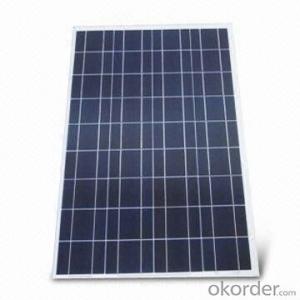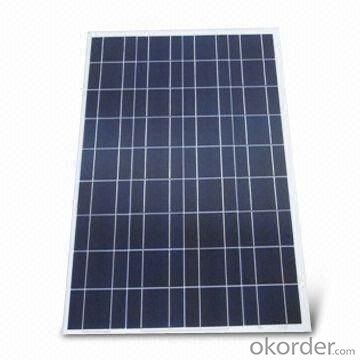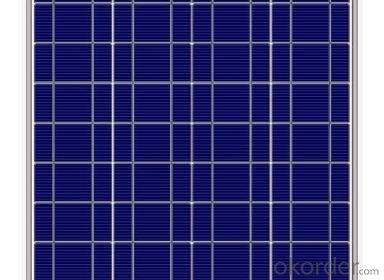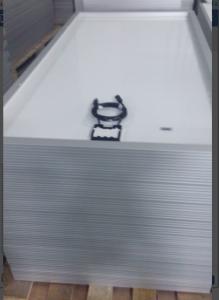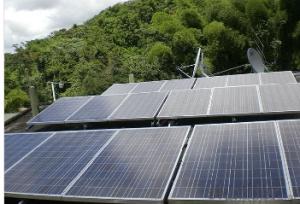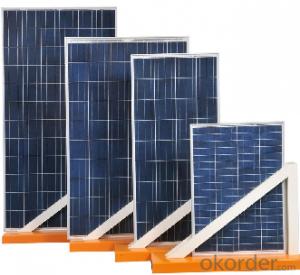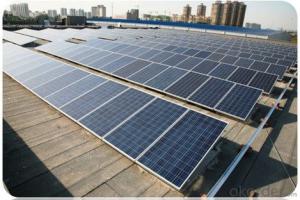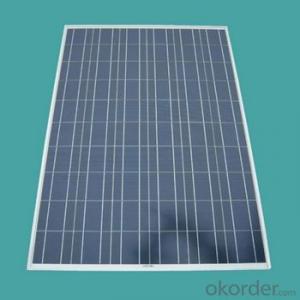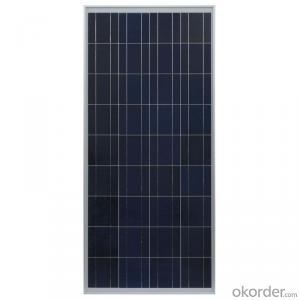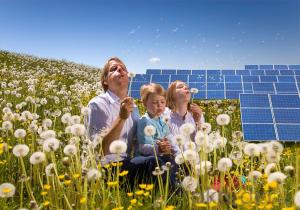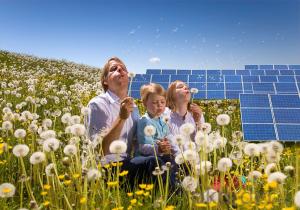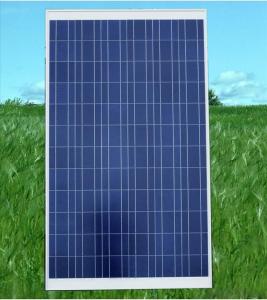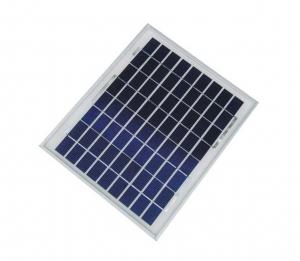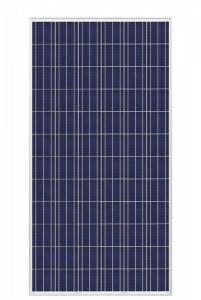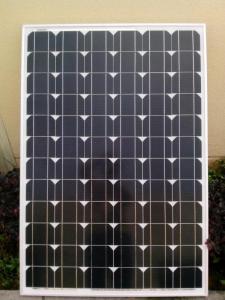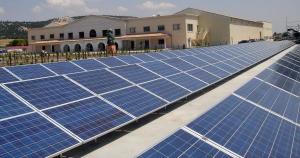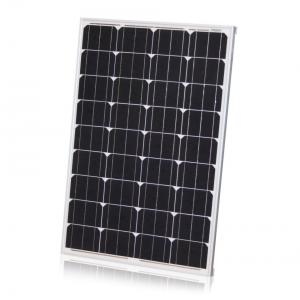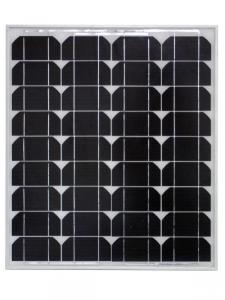300 Watt Polycrystalline Silicon Solar Panel(250w)
- Loading Port:
- China main port
- Payment Terms:
- TT OR LC
- Min Order Qty:
- 10000 watt
- Supply Capability:
- 100000 watt/month
OKorder Service Pledge
OKorder Financial Service
You Might Also Like
Structure
Mono-Crystalline solar panel, Poly 156 cell, 60pcs.
Power range 230W-260W.
Quality and Safety
1. Rigorous quality control meets the highest international standards.
2. High-transmissivity low-iron tempered glass, strong aluminium frame.
3. Using UV-resistant silicon.
4. IS09001/14001/CE/TUV/UL
Feature
Warranties
1. 10 years limited product warranty
2. 15 years at 90% of the minimal rated power output
3. 25 years at 80% of the minimal rated power output
Images
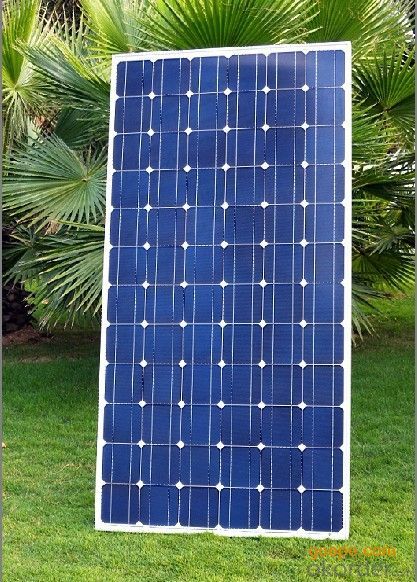
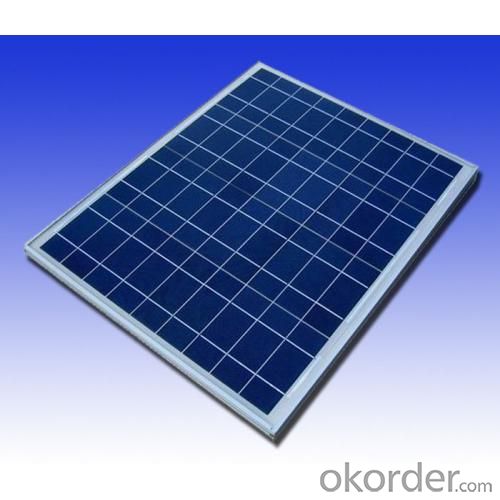
Specification
Technical date
ITEM NO.: | Poly 156*156 cell ,60pcs . Power range from 230Wp-260Wp | ||||||
Maximum Power(W) | 230 | 235 | 240 | 245 | 250 | 255 | 260 |
Optimum Power Voltage(Vmp) | 29.4 | 29.5 | 29.7 | 30.1 | 30.3 | 30.5 | 30.7 |
Optimum Operatige Current(Imp) | 7.83 | 7.97 | 8.08 | 8.14 | 8.25 | 8.37 | 8.48 |
Open Circuit Voltage(Voc) | 36.7 | 36.8 | 36.9 | 37.1 | 37.3 | 37.5 | 37.7 |
Short Circuit Current(Isc) | 8.52 | 8.59 | 8.62 | 8.65 | 8.69 | 8.73 | 8.78 |
Solar Cell: | 156*156 Poly | ||||||
Number of Cell(pcs) | 6*10 | ||||||
Brand Name of Solar Cells | JA Cell, Bluesun Cell | ||||||
Size of Module(mm) | 1650*992*40/45/50 | ||||||
Cable & Connector Type | Pass the TUV Certificate | ||||||
Frame(Material Corners,etc.) | Aluminium-alloy | ||||||
Back sheet | TPT | ||||||
Weight Per Piece(KG) | 19.5KG | ||||||
FF (%) | 70-76% | ||||||
Junction Box Type | Pass the TUV Certificate | ||||||
Tolerance Wattage(e.g.+/-5%) | ±3%, or 0-3% | ||||||
Front Glass Thickness(mm) | 3.2 | ||||||
Temperature Coefficients of Isc(%) | +0.04 | ||||||
Temperature Coefficients of Voc(%) | -0.38 | ||||||
Temperature Coefficients of Pm(%) | -0.47 | ||||||
Temperature Coefficients of Im(%) | +0.04 | ||||||
Temperature Coefficients of Vm(%) | -0.38 | ||||||
Temperature Range | -40°C to +85°C | ||||||
Surface Maximum Load Capacity | 5400Pa | ||||||
Allowable Hail Load | 23m/s ,7.53g | ||||||
Bypass Diode Rating(A) | 12 | ||||||
Warranty | 90% of 10 years, 80% of 25 years. | ||||||
Standard Test Conditions | AM1.5 1000W/ 25 +/-2°C | ||||||
Packing | carton or pallet | ||||||
1*20' | 14 Pallets / 316pcs | ||||||
1*40'STD | 25 Pallets / 700pcs | ||||||
FAQ
1. Q: Are you a factory or trading company?
A: We are a factory.
2. Q: Where is your factory located? How can I visit there?
A: Our factory is located in Huzhou, Zhejiang, China, near Shanghai. You are warmly welcomed to visit us!
3. Q: How can I get some samples?
A: Please connect me for samples, and my phone number: +86 158 5821 3997.
4. Q: Can the price be cheaper?
A: Of course, you will be offered a good discount for big amount.
- Q: if you move a solar panel or there was a vibration that caused the panel to move, would that affect it?
- No. I've got one on top of my RV and taking it down the road at 70mph doesn't hurt it at all.
- Q: My hubby and I are waiting to move in to our camper but have to figure out how many solar panels, batteries, etc. to get. I can't find the info per appliance for Watts and amps, but does anyone have a good, general idea of how many Watts it'd take to run the whole shabang? It's a 999, 25-foot Sportsmen tag-a-long, if that helps..It's got the following, and we'd like to run the propane things off of electric:*Refrigerator/freezer*Microwave*Oven/stove*AC/Heat*Will have a tv, phone chargers, laptop charger, but those will be unplugged when not in useThanks so much! It's such a headache.. You get SO MUCH different info from different places.. OI..
- whenever i do my gf, i use up to 900 watts of power
- Q: Can solar panels be installed on a south-facing wall?
- Yes, solar panels can be installed on a south-facing wall. In fact, a south-facing wall is often the most ideal location for solar panel installation as it receives the most direct sunlight throughout the day, maximizing energy production.
- Q: if u buy solar panels and never take em out of the box for like thirty years will they still work good thirty years after you bought them
- Build okorder /
- Q: Can solar panels be used for powering remote monitoring systems?
- Yes, solar panels can be effectively used for powering remote monitoring systems. Due to their ability to generate electricity from sunlight, solar panels provide a reliable and sustainable power source for remote locations where access to grid electricity may be limited or non-existent. By harnessing solar energy, these panels can provide continuous power to remote monitoring systems, enabling them to function and transmit data without the need for traditional electricity sources.
- Q: How much candle lights is required to operate a 205 watt solar panel?
- The intensity of direct sun is about 0,000 foot-candles. It would not be practical to light that many standard candles and put them foot away from the panel, but you could supply that intensity with electric lighting. That's in fact how they establish the power ratings of a given panel; they have a rig that provides a standard test condition of sun.
- Q: I want to use this solar panel to hook up AC adapters. IM not sure what to do and how to use the solar panel. I want to be able to use a batter charger, a radio, and charge a GPS if needed. - Thanks, Zoo
- Research using solar panels on stock tank water pumps. Same concept - you use a solar panel to power a remote something or other, only you would have to use a battery charged by day to run the camera at night. It does not look like you would need too powerful of a solar panel, the camera server says it needs less than 5w, no idea on the cameras, so check that out, but the whole system looks rather low power. You could easily get the necessary panels, maybe the battery too, for... I would say $200 (not in one package, you would have to get separate things). Connection of everything would be simple, no electrician needed (but keep that to yourself, depending upon state rules and regs).
- Q: i really love the idea of solar and want to start out small, so i'm new to this.I plan on getting an 85w panel to charge my laptop. what other equipment is needed to accomplish this?would i need to get a battery or does the solar panel hook directly to the laptop. Does one end just lead to a conventional outlet similar to a wall outlet?could someone please give me a detailed explanation with options about this? i would greatly appreciate it.
- humm..... .need HUGE solar panel (alot) 2. wires 3. aligato clips . put the panels on the roof 2. use the aligator clip to clip the wire from the panel to the bars of the pluger of the comp. charger 3.tada mark me best:)
- Q: how to make electricty using solar panels or wind generator
- www.okorder / or you can just google solar panel(s)
- Q: im trying to experiment with solar panels. so i dont want to buy a huge expensive solar panel if i dont need one.
- Oh, i could hate that!! i'm continually having to locate a marvelous sufficient spot to apply my photograph voltaic calculator, very stressful. Dimly lit would not keep it going. i could somewhat have a reliable, rechargeable battery. Now, photograph voltaic backup may be high quality. you will desire to touch Nokia and tell them approximately it. possibly they're going to call the telephone once you!
Send your message to us
300 Watt Polycrystalline Silicon Solar Panel(250w)
- Loading Port:
- China main port
- Payment Terms:
- TT OR LC
- Min Order Qty:
- 10000 watt
- Supply Capability:
- 100000 watt/month
OKorder Service Pledge
OKorder Financial Service
Similar products
Hot products
Hot Searches
Related keywords
